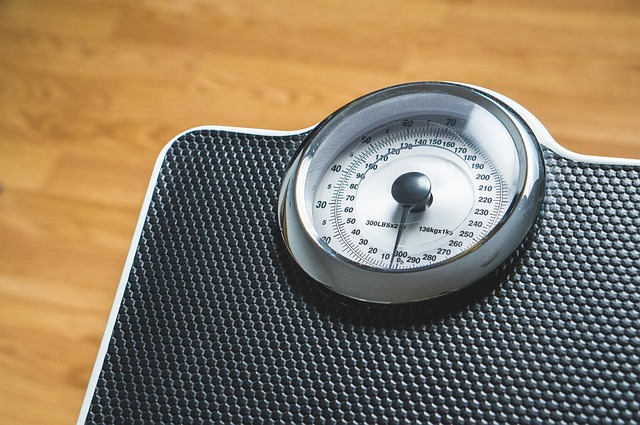
If you are one of those who have been wondering whether those whole body vibrating machines (many of which are being advertised through online TV shopping sites) do any good at all — wonder no more. Or more appropriately, wonder slightly less. Because according to new research, the health benefits that can be derived from whole-body vibration machines are comparable to what one may get from traditional exercise. At least when it comes to mice.
Whole body vibration (or simply WBV) involves a vibrating platform where a person can sit, stand or lie down. As the machine vibrates, energy is transmitted from the machine to a person’s body, allowing his/her muscles to contract and relax several times per second.
Maybe it has something to do with our lifestyle becoming too fast-paced nowadays, or maybe it’s also because technology has been contributing to making people less active and more ‘into’ their gadgets. Whether people don’t have time, or simply don’t want to make time, the fact is, there are more of those who don’t regularly exercise compared with those who do. And this is contributing to the alarming increase in the number of people suffering from obesity and diabetes.
Knowing that there’s a less strenuous and less time-consuming way to burn energy might be just what’s needed to help reduce the obese and diabetic population — because it’s much easier to encourage people to stand on a vibrating platform for just a few minutes a day than convince them to get off their butts for at least 30 – 45 minutes to do any other kind of exercise.
The study conducted by Augusta University researchers is the first of its kind. As lead author Dr. Meghan McGee-Lawrence said in a statement: “Our study is the first to show that whole-body vibration may be just as effective as exercise at [combatting] some of the negative consequences of obesity and diabetes. While WBV did not fully address the defects in bone mass of the obese mice in our study, it did increase global bone formation, suggesting longer-term treatments could hold promise for preventing bone loss as well.”
To arrive at the results, the team observed three groups of genetically obese and diabetic mice. For 12 weeks, one group was made to ride a whole body vibration machine for 20 minutes per day; the second group was made to walk on a slightly inclined treadmill for 45 minutes per day; the third group was left sedentary. Every week, the mice were weighed.
After the test period, the two groups of ‘active’ mice seemed to display the same metabolic benefits — both groups showed increased muscle mass and better sensitivity to insulin. The active mice also gained less weight than the sedentary mice. And, they had less fat in the liver as well. Remember that people who are obese and diabetic experience fat accumulation in the liver, which means less fat in the liver is a good sign.
To be clear, as promising as the results of the study are, these are only applicable to mice. For now. It will take a lot more research and tests before the same can be inferred (or not) for humans. In other words, don’t rush and buy one of those WBV machines just yet. If you can do some other form of exercise, you’ll still be better off.
The research has been published in the Endocrine Society’s journal — Endocrinology.
- Bulenox: Get 45% to 91% OFF ... Use Discount Code: UNO
- Risk Our Money Not Yours | Get 50% to 90% OFF ... Use Discount Code: MMBVBKSM
Disclaimer: This page contains affiliate links. If you choose to make a purchase after clicking a link, we may receive a commission at no additional cost to you. Thank you for your support!

Leave a Reply